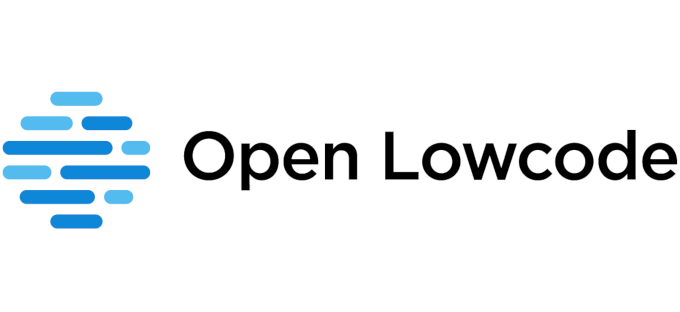How Open Lowcode makes money
Open-source software is free to use, but it costs actual effort to build, and the money to do that has to come from somewhere. A potential user may wonder if there are unpredictable and disproportionate hidden costs. Alternatively, this user may also worry that the software if just a hobby side-project that will not have the resources to evolve and be maintained in the future. Those concerns are legitimate, and many are now questioning if open source is sustainable. Open Lowcode answer is simple: we propose the services you need, and we have rock-bottom cost.

Propose the service you need
The services provided by Open Lowcode SAS are made to provide what you really need from a software platform. This is based on real-life experience and problems of using (mostly commercial) enterprise software, and the promise is that you will get better services than using a very extensive commercial enterprise software platform.
Support
When you use complex software, you need to be able to ask someone for help. This can range from the easy (training) to the very acute (analyzing an issue in production). Developers of the Open Lowcode framework can provide those services in a time-efficient matter, at a cost that will be lower than the typical rates for commercial software professional services.
Development of missing features
It may happen that your complex project is blocked because the framework misses a feature. While the project is open-source, and you could typically develop the feature yourself, in many cases, you will not have the skills on your team to deal with the framework inner workings. So Open Lowcode SAS proposes to build the feature for you quickly:
- As a specific extension for you if your request is extremely specific, or if you absolutely want to keep the IP on it, which should be extremely rare.
- As an extension to the open-source framework, to be also published in open-source. This last solution will cost you less, as you are contributing to the community, and we warmly recommend it.
This is extremely useful as it will unblock a project on which you mobilized potentially several people full-time, with cost that may run far north of 100K€/$ per month while your project is waiting, so even if the feature costs, say, 5 to 30 K€/$ depending on complexity, it may be totally worth it for you.
This is also virtuous, as we get money to develop what you actually needed. This is likely to be more useful that what we could think between ourselves as the next features, or what comes back of a long chain of vague user interviews conducted at arms length.
All those services can be provided at a competitive price due to our low cost base.
Not zero cost, but much cheaper to build
No Salesforce
Open Lowcode is an open-source project, and, as such, does not need a sales force to force licenses through the IT department throats. Cost of sales is a huge part of a software editor costs, often the majority. In open-source, it is much simpler: you can try, and if you like it, you use it and tell your colleagues about it.
Collaboration across a network of companies
Also, being open-source allows for a decentralized network of companies to collaborate. Open Lowcode SAS will continue driving the architecture of the solution. However, we also encourage other actors to provide services around the framework and contribute to it. A US company or freelance develops an expertise in the tool and makes integration business around it? This is great, as they will likely contribute with improvements to the software. For some specific issues at the core of the framework, Open Lowcode SAS will support them for a fee. This allows Open Lowcode SAS to stay nimble, even in the future, and focus on the strict minimum crew to maintain the framework, with the exclusion of any other mission.
A simple technical stack
Some of you may not like the technical choices Open Lowcode made. For sure, there are fancier technologies around than java and sql. And, more than anything, the 30 seconds you will spend installing the client will be a small irritant, why not just using a web browser?
Well, all this allows the development of the framework to be much faster than using more fashionable technologies. First, chosen technologies are stable, limiting rework cost. And just using a strongly typed language reduces bug fixing cost by sometimes a factor of 100: with strongly-typed languages, for many errors, the program does not compile and conveniently lights-up in red on my screen before I even launch it.
With dynamic languages, such as javascript, when something is wrong, I will discover it by chance and have to work my way up to the root cause). There are other reasons for the choices also: for example, our client is faster, allows rich ergonomics, and uses less bandwidth than most web technologies.
100 times cheaper to build?
Remove the sales force, remove the management and structure cost, make the development more productive and in practice, Open Lowcode may be 20 to 100 times cheaper to build than many commercial software. This means that for a software that used to cost you $1M per year, Open Lowcode can probably make a good living by getting around €20K from you on average for services you actually need, not just a ‘software tax’.




Leave a Reply
Want to join the discussion?Feel free to contribute!